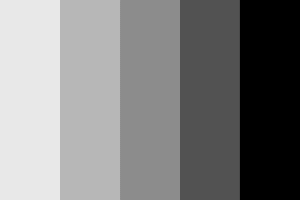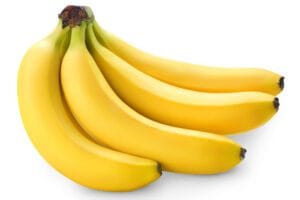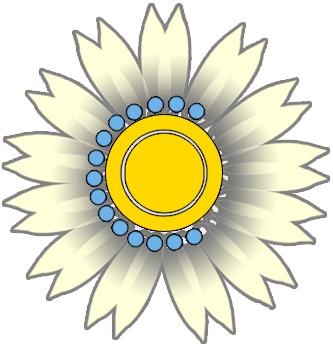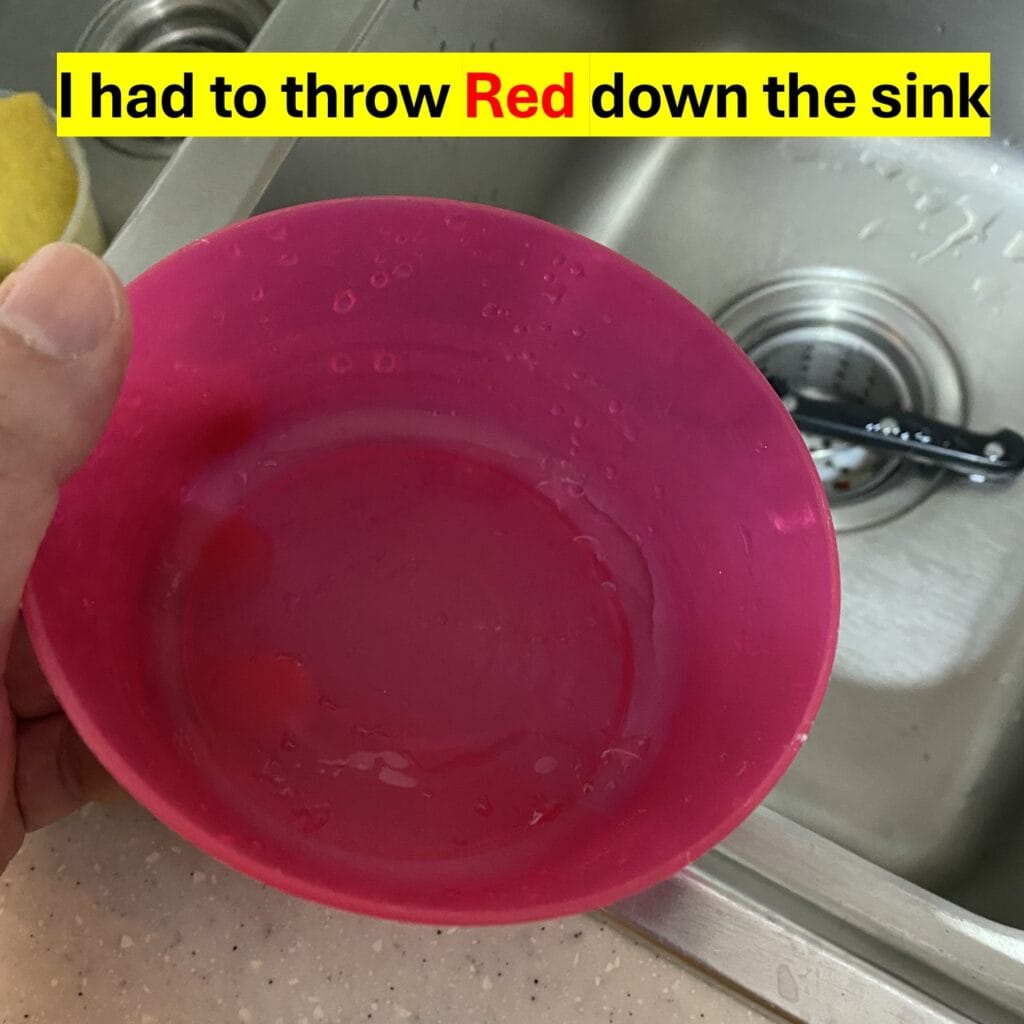
Red Dye No. 3: Banned by FDA!
I was sipping on my ice cold diet cherry soda and munching on a red velvet muffin during my tea break. I was blissful and unaware. Then, as I rinsed my red snack bowl and saw the red crumbs in the sink, it hit me – I see a SEA of Red! My mind was screaming, “Hey, did you not hear the FDA news?” Oh, my goodness, what a REDiculous overload! Turns out, we’ve been consuming red dye in more ways than we ever imagined
For over 100 years, Red Dye No. 3 (aka erythrosine) has added a bright cherry-red hue to foods and even medicines! However, this red legacy is coming to an end.
The FDA recently announced a ban on this synthetic dye, citing studies that linked it to thyroid cancer in lab rats.
While the amount humans consume is much lower than in those studies, U.S. law requires banning any additive shown to cause cancer in animals. Advocacy groups have been calling for this move for decades, and it’s finally happening.
What’s Replacing It?
Food manufacturers are scrambling to find alternatives before the ban takes full effect in 2027 for food and 2028 for medications. Many are turning to Red Dye 40, another synthetic dye that’s considered safer but still raises concerns about hyperactivity in kids and potential digestive issues in animals.
Natural dyes are also being used more often, but they come with their own quirks, read more below
The Natural Dye Dilemma
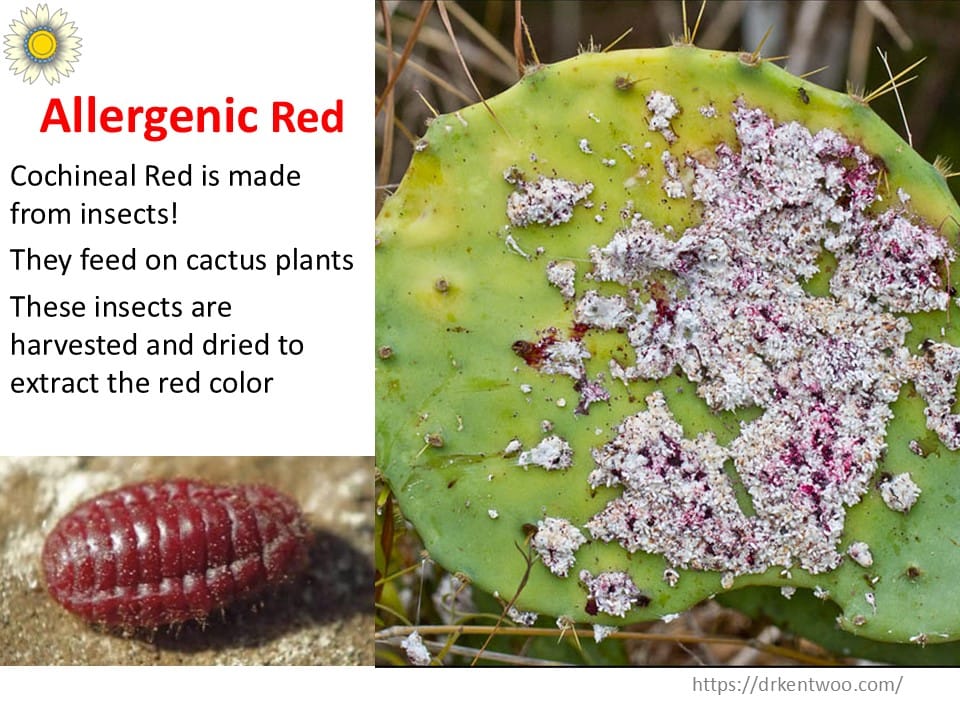
One popular natural dye alternative is cochineal red (also known as carmine or E120). It’s made from crushed cochineal insects, which are harvested from prickly pear cacti in Mexico and South America. Yes, your yogurt or pink lemonade may get its color from bugs!
Cochineal red is found in:
- Strawberry yogurts and ice creams
- Candies like jelly beans and gummies
- Red fruit drinks and flavored alcoholic beverages
- Sausages and deli meats
While it’s natural, did you know that cochineal can cause allergic reactions? Reactions range from mild itching to severe anaphylaxis. It is one of the hidden allergens that Allergist Immunologist look for in patients having reactions to multiple non related foods.
It’s also not vegan-friendly, making it a tricky choice for some consumers.
Where Red Dye No. 3 Is Still Hanging Around
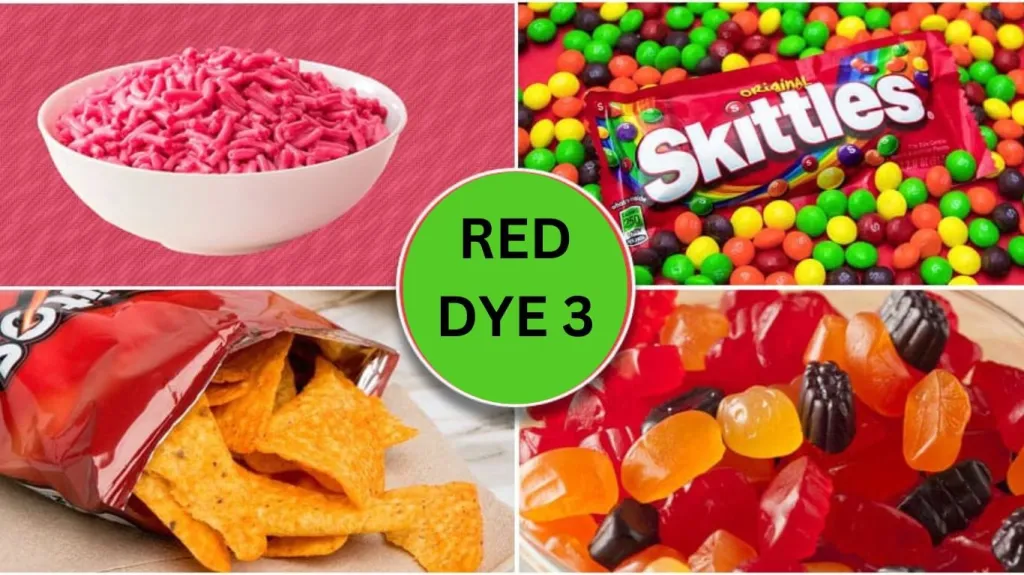
Until the ban kicks in, you’ll find Red Dye No. 3 in:
- Candies: Lollipops, gummies, jelly beans
- Baked Goods: Frostings, toaster pastries, cookies
- Drinks: Strawberry milk, sodas, and fruit punches
- Medications: Cough syrups, gummy vitamins, pills
Information You Can Use
- Read Labels: Look for “Red 3,” or “erythrosine which is the red dye that is being banned.
- Natural Red Dye: Will be labeled as “cochineal” or “carmine” red
- Go Database Hunting: Tools like the USDA’s food database or apps like EWG’s Healthy Living app can help you spot products with artificial dyes.
- Save Treats for Special Occasions: Birthday cakes and holiday candies are fine occasionally, but consider dye-free options for everyday snacks.
- The Allergy Immunology Clinic will be contacting our medication suppliers to find out which medicines contain this banned substance and will make the necessary changes.

